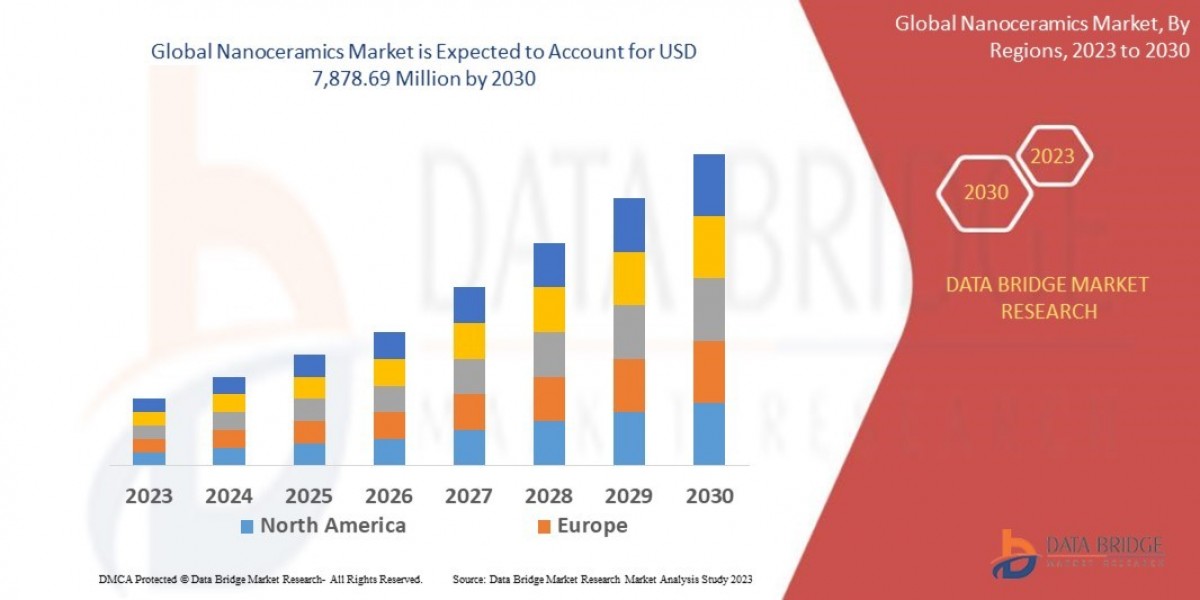In today’s fast-paced digital world, smart cards play a pivotal role in enabling secure identification, authentication, and data storage across countless industries. From banking and healthcare to telecommunications and transportation, these compact, embedded-chip cards are powering a more secure, convenient, and digitally connected future.
What Are Smart Cards?
A smart card is a plastic card embedded with an integrated circuit chip that can process and store data. Unlike traditional magnetic stripe cards, smart cards can perform on-card processing, enabling enhanced security, encryption, and authentication.
Smart cards are categorized into two main types:
Contact Smart Cards: Inserted into a reader to establish a physical connection.
Contactless Smart Cards: Use radio frequency identification (RFID) or near-field communication (NFC) to communicate wirelessly with a reader.
Some cards combine both technologies and are known as dual-interface smart cards.
Key Features and Capabilities
Secure Data Storage: Stores personal, financial, or authentication data securely.
Encryption & Authentication: Uses cryptographic algorithms to protect transactions and identities.
Programmability: Some cards support JavaCard or MULTOS, allowing multiple applications on a single card.
Durability: Built to last, especially in high-use environments like transit or healthcare.
Applications of Smart Cards
? Banking & Financial Services
EMV cards (Europay, MasterCard, Visa) are the global standard for secure credit/debit card transactions.
Reduce fraud through chip-and-PIN or chip-and-signature verification.
? Telecommunications
SIM cards in mobile devices authenticate users to cellular networks and store personal data securely.
? Healthcare
Used for patient ID cards, storing medical records, insurance details, and facilitating e-prescriptions.
? Access Control & Identity
Employed in corporate and government ID badges, allowing secure building or system access.
Biometric smart cards further enhance authentication using fingerprint or facial data.
? Transportation & Ticketing
Used in transit cards for buses, subways, and toll systems, enabling fast, contactless fare collection.
? Education
Issued to students for ID verification, library access, cafeteria payments, and attendance tracking.
Benefits of Smart Cards
✅ Enhanced Security: Chips are harder to clone or tamper with than magnetic stripes.
? Encryption Support: Facilitates secure digital transactions and authentication.
? Multi-functionality: One card can serve multiple purposes—payment, ID, access, and more.
? Fraud Reduction: EMV adoption has significantly lowered card-present fraud globally.
? Convenience: Enables fast, contactless interactions—especially valuable in high-traffic environments.
Market Trends and Outlook
The smart card market is expanding rapidly as demand for secure digital interactions and identity verification surges across industries.
? Market Highlights:
The global smart card market was valued at approximately USD 13–15 billion in 2023.
Projected to reach USD 25–30 billion by 2032, growing at a CAGR of 8–10%.
Asia-Pacific leads in adoption due to strong telecom and payment infrastructure.
? Growth Drivers:
Rising demand for cashless transactions and digital banking.
Government push for national ID programs and e-passports.
Increased focus on data privacy and cybersecurity.
Surge in contactless solutions post-COVID-19.
? Key Players:
Gemalto (Thales Group), IDEMIA, Giesecke+Devrient, Infineon Technologies, NXP Semiconductors, CPI Card Group, and Watchdata Technologies.
Emerging Trends
Biometric Smart Cards: Embedded fingerprint sensors for added security.
Blockchain-Integrated Cards: For decentralized identity management.
Eco-Friendly Smart Cards: Made with biodegradable or recycled materials to reduce environmental impact.
IoT Integration: Smart cards as secure authenticators for connected devices.
Challenges
Infrastructure Costs: Upgrading readers and systems can be expensive, especially for small businesses.
Interoperability: Varying standards across countries and sectors can hinder smooth implementation.
Security Threats: Though secure, smart cards can still face sophisticated attacks if not properly managed.
Conclusion
Smart cards continue to play a foundational role in building secure, interoperable, and efficient digital ecosystems. As industries push toward more intelligent, connected systems, smart cards are evolving to support biometric authentication, green technologies, and multi-function digital identities. With strong growth prospects and expanding applications, smart cards are not just about secure transactions—they’re about empowering a smarter world.
Wantstats is a premium platform that provides unparalleled data and statistics across 30000 markets and 100 countries in both B2B and B2C segments. Designed to fit the needs of industry stakeholders, associations, libraries, students and many more looking for statistics.
Read More
| G Fast Chipset Market |
| Gigabit Ethernet Camera Market |
| Graphic Processor Market |
| Guitar Head Amplifier Market |
| Handheld Point Of Sale Market |
| Heat Stress Monitor Market |








